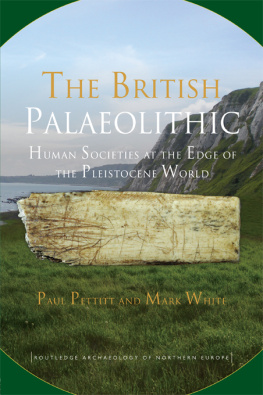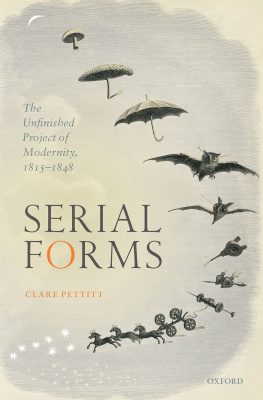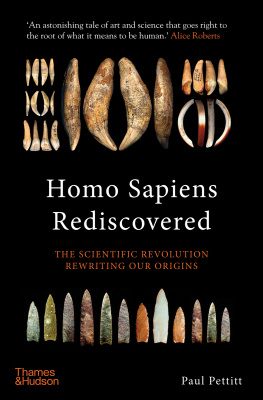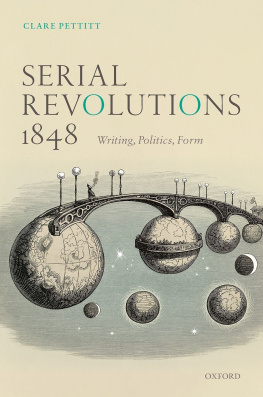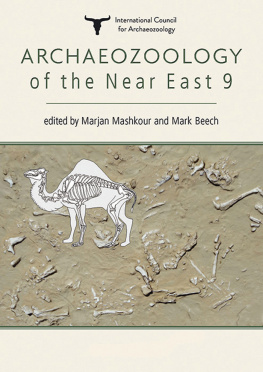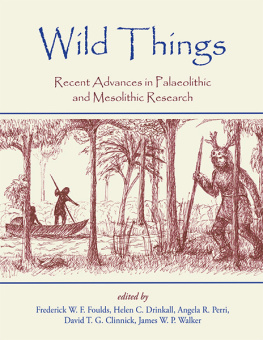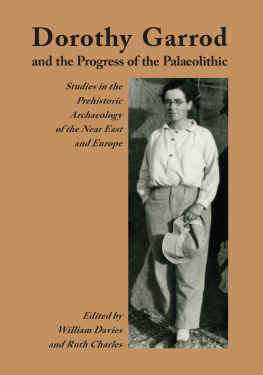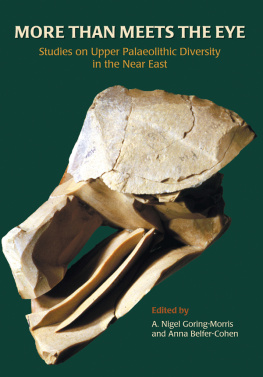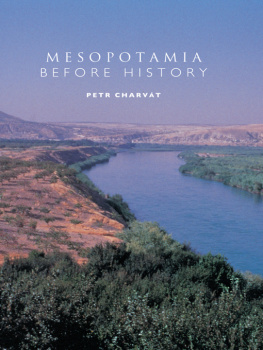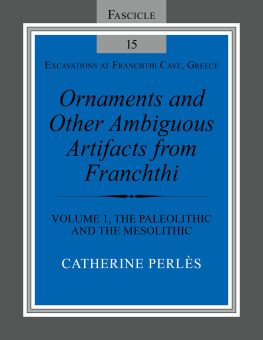Pettitt - The British Palaeolithic
Here you can read online Pettitt - The British Palaeolithic full text of the book (entire story) in english for free. Download pdf and epub, get meaning, cover and reviews about this ebook. publisher: Taylor & Francis (CAM), genre: Home and family. Description of the work, (preface) as well as reviews are available. Best literature library LitArk.com created for fans of good reading and offers a wide selection of genres:
Romance novel
Science fiction
Adventure
Detective
Science
History
Home and family
Prose
Art
Politics
Computer
Non-fiction
Religion
Business
Children
Humor
Choose a favorite category and find really read worthwhile books. Enjoy immersion in the world of imagination, feel the emotions of the characters or learn something new for yourself, make an fascinating discovery.
The British Palaeolithic: summary, description and annotation
We offer to read an annotation, description, summary or preface (depends on what the author of the book "The British Palaeolithic" wrote himself). If you haven't found the necessary information about the book — write in the comments, we will try to find it.
The British Palaeolithic — read online for free the complete book (whole text) full work
Below is the text of the book, divided by pages. System saving the place of the last page read, allows you to conveniently read the book "The British Palaeolithic" online for free, without having to search again every time where you left off. Put a bookmark, and you can go to the page where you finished reading at any time.
Font size:
Interval:
Bookmark:

The British Palaeolithic
The British Palaeolithic provides the first academic synthesis of the entire British Palaeolithic, from the earliest occupation (currently understood to be around 980,000 years ago) to the end of the Ice Age. Landscape and ecology form the canvas for an explicitly interpretative approach aimed at understanding how different hominin societies addressed the issues of life at the edge of the Pleistocene world.
Commencing with a consideration of the earliest hominin settlement of Europe, the book goes on to examine the behavioural, cultural and adaptive repertoires of the first human occupants of Britain from an ecological perspective. These themes flow throughout the book as it explores subsequent occupational pulses across more than half a million years of Pleistocene prehistory, which saw Homo heidelbergensis, the Neanderthals and ultimately Homo sapiens walk these shores.
The British Palaeolithic fills a major gap in teaching resources as well as in research by providing a current synthesis of the latest research on the period. This book represents the culmination of 40 years combined research in this area by two well-known experts in the field, and is an important new text for students of British archaeology as well as for students and researchers of the continental Palaeolithic period.
Dr Paul Pettitt is Reader in Palaeolithic Archaeology at Sheffield University and specialises in the Middle and Upper Palaeolithic of Britain. He is the author of The Palaeolithic Origins of Human Burial (Routledge 2010).
Dr Mark White is Reader in Archaeology at Durham University and specialises in the Lower and Middle Palaeolithic of Britain.
Routledge Archaeology of Northern Europe
Forthcoming
Formative Britain: An Archaeology of Britain AD 4001100
Martin Carver
The British Palaeolithic
Hominin societies at the edge of the
Pleistocene world
Paul Pettitt and Mark White

First published 2012
by Routledge
2 Park Square, Milton Park, Abingdon, Oxon OX14 4RN
Simultaneously published in the USA and Canada
by Routledge
711 Third Avenue, New York, NY 10017
Routledge is an imprint of the Taylor & Francis Group, an informa business
2012 Paul Pettitt and Mark White.
The right of Paul Pettitt and Mark White to be identified as authors of this work has been asserted by them in accordance with sections 77 and 78 of the Copyright, Designs and Patents Act 1988.
All rights reserved. No part of this book may be reprinted or reproduced or utilised in any form or by any electronic, mechanical, or other means, now known or hereafter invented, including photocopying and recording, or in any information storage or retrieval system, without permission in writing from the publishers.
Trademark notice: Product or corporate names may be trademarks or registered trademarks, and are used only for identification and explanation without intent to infringe.
British Library Cataloguing in Publication Data
A catalogue record for this book is available from the British Library
Library of Congress Cataloging in Publication Data
A catalog record for this book has been requested
ISBN: 9780415674546 (hbk)
ISBN: 9780415674553 (pbk)
ISBN: 9780203141441 (ebk)
Typeset in Helvetica Neue
by Swales & Willis Ltd, Exeter, Devon
Contents
List of figures
highlighted
Text boxes and figures within text boxes
(a) Composite section through the Crayford and Erith brickpits |
List of tables
Acknowledgements
We have benefited considerably from the help of numerous colleagues who have been kind enough to read sections of the manuscript and provide information and illustrations. We thank most kindly (and alphabetically) Juan-Luis Arsuaga, Nick Ashton, Colin Ballantyne, Nick Barton, Mark Bateman, Martin Bates, David Bridgland, Barry Chandler, Chantal Conneller, Jill Cook, Lynden Cooper, Andy Currant, Andrew David, Rob Dinnis, Helen Drinkall, Julie Gardiner, John Gowlett, Chris Green, Sonja Grimm, Sanjeev Gupta, Emma Heslewood, Jon Humble, Roger Jacobi, Paul Jeffery, David Keen, Nigel Larkin, John Lewis, Adrian Lister, Shannon McPherron, Keith Moore, Julian Murton, Simon Parfitt, Matt Pope, Richard Preece, Chris Proctor, Mark Roberts, Penny Robinson, Helen Roe, Danielle Schreve, Beccy Scott, Kate Scott, Chris Stringer, Hartmutt Thieme, Erik Trinkaus, Beth Upex, Jeff Veitch, Ian Wall, Elizabeth Walker, Francis Wenban-Smith, Rob Westaway and John Wymer. We are also grateful to the following institutions for permission to reproduce figures: Bolton Museum, The Trustees of the British Museum, Creswell Heritage Trust, Harris Museum and Art Gallery Preston, University of Hull, Museum of London, National Museums and Galleries Wales, the Natural History Museum, Oxford University Museum of Natural History, Portsmouth City Museum, the Prehistoric Society, the Royal Society, Torquay Museum.
One million years of the British Pleistocene
At this point the waters of the Colne River ran through a wide floodplain, cutting a gravelly route due south towards its confluence with the mighty Thames barely 15 km downstream. The lower slopes leading to the river allowed access to the waters, to the flint and chert nodules glinting in its shallows that sufficed for knapping, and to fording points that could be used to trap fish and disadvantage prey in the hunt. The patchy stands of pine trees provided wood for fuel and for replenishing the hafts and shafts of tools and weapons. After several months of snow the region was greening up; although it was still cold, reindeer were passing through in number on the way to their spring calving grounds and, here and there, small herds of wild horse grazed on the grassy tundra. From the high ground above this place their numbers could be seen for a great distance across the floodplain and their movements studied. The familiar path of the Thames and Colne preserved as folk knowledge despite infrequent visits to this edge of the world had guided these people here.
They were present in small numbers a task group you could count on one hand charged with monitoring the reindeers movements and beginning the hunt that would provide meat and fat, antler for tools and calfskin and sinew for clothing. A few days in the area should provide enough to take back to the remainder of the small band left behind where the two rivers meet. The days hunt had been a success; an adult reindeer had been killed at the ford just downstream; its legs had been removed and carried to this place, a low slope overlooking the river. Fish traps set at this place had produced a freshwater fish and fallen pine wood had been gathered to set a hearth against the growing afternoon chill. While there was still enough light each person set to their tasks, huddling as close as they could to the hearth to benefit from its heat. Sometimes they sat, sometimes they stood, each preoccupied with swiftly and efficiently executing the tasks on which they were dependent. When the hearth had been lit, two wiped dry the nodules of flint they had selected from the chilly waters and knapped them. After removing the chalky cortex they skilfully produced a small series of long, regular blades, using timehonoured techniques to shape the cores and control the flakes and blades knapped from them. Some of these were passed on to the two members busy with completing the dissection of the reindeer legs. In addition to the sinew, meat and marrow the footpads of the animal would be saved to make boot soles. A fifth individual the last set to descaling the fish for immediate consumption. After eating, as night fell, the group would set to repairing their javelins and nets before retiring under lightweight bivouacs tethered to the pines. Tomorrow they would rejoin their band, paddling downriver in the skin boats drawn up out of the water and now packed with reindeer antler and meat carefully wrapped in skins. They would leave offerings to placate the waters and the spirits of this place, ensuring a successful return next year, set their paddles in the water, and take one last look back before setting their minds on the brief journey south.
Next pageFont size:
Interval:
Bookmark:
Similar books «The British Palaeolithic»
Look at similar books to The British Palaeolithic. We have selected literature similar in name and meaning in the hope of providing readers with more options to find new, interesting, not yet read works.
Discussion, reviews of the book The British Palaeolithic and just readers' own opinions. Leave your comments, write what you think about the work, its meaning or the main characters. Specify what exactly you liked and what you didn't like, and why you think so.

